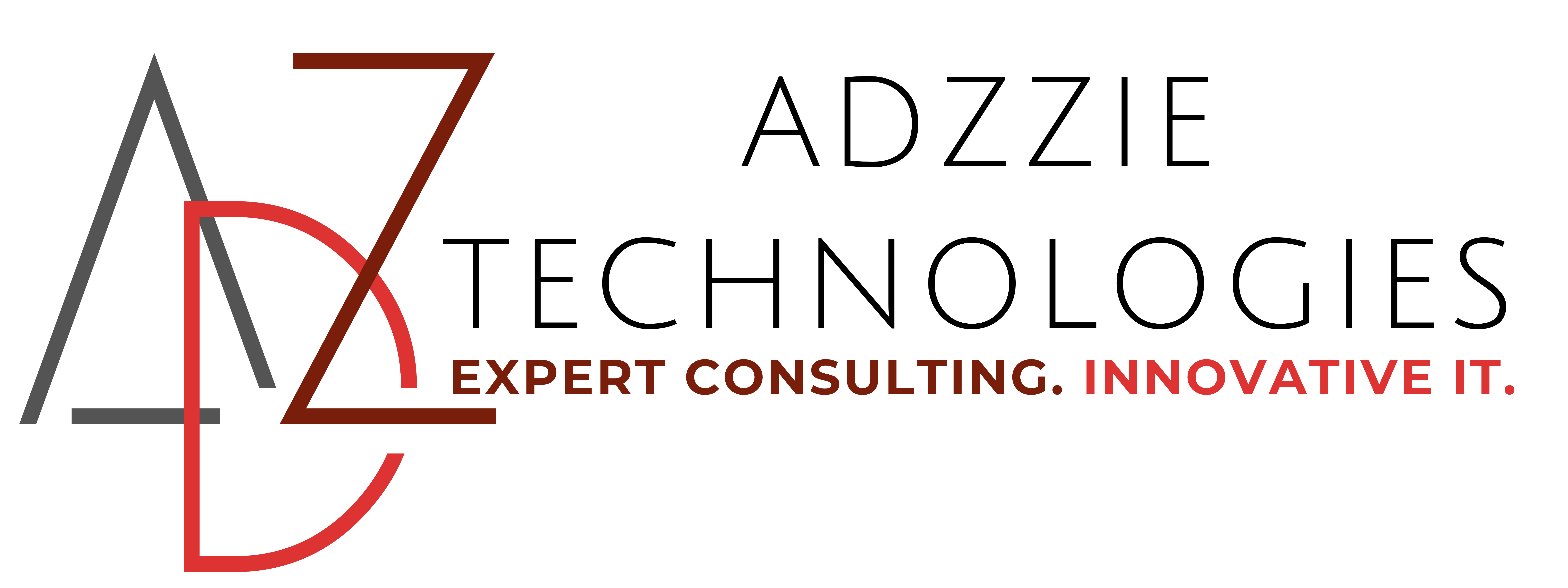Let’s compare WordPress (with WooCommerce) and SAP Hybris in the context of eCommerce online stores:
WordPress (WooCommerce)
Overview:
- Platform: Open-source CMS.
- eCommerce Plugin: WooCommerce.
- Target Audience: Small to medium-sized businesses, startups.
Advantages:
- Cost-Effective: WordPress and WooCommerce are free to use, though there are costs for hosting, premium themes, and plugins.
- Ease of Use: User-friendly interface with a wide range of themes and plugins to customize the store.
- Flexibility: Highly customizable with numerous plugins for added functionality (SEO, marketing, payments, etc.).
- Community Support: Large community and extensive documentation.
- SEO-Friendly: Built-in features and plugins like Yoast SEO to enhance search engine rankings.
- Integration: Easily integrates with various third-party services and tools, such as email marketing, payment gateways, and shipping services.
Disadvantages:
- Scalability: May struggle with high traffic and large inventories without proper optimization.
- Maintenance: Requires regular updates for WordPress, WooCommerce, themes, and plugins to maintain security and functionality.
- Security: Being a popular platform, it is a common target for hackers, requiring robust security measures.
- Performance: Performance can vary depending on the quality of themes and plugins used.
SAP Hybris
Overview:
- Platform: Enterprise-level eCommerce solution.
- Target Audience: Large enterprises with complex eCommerce needs.
Advantages:
- Scalability: Designed to handle large-scale operations, high traffic, and extensive inventories.
- Integration: Seamlessly integrates with other SAP solutions (ERP, CRM) and third-party systems.
- Customization: Highly customizable to meet specific business requirements and complex workflows.
- Omnichannel Support: Provides a consistent customer experience across multiple channels (online, mobile, in-store).
- Advanced Features: Includes sophisticated features for product management, order management, customer management, and marketing.
- Security: Robust security features to protect against threats and ensure data integrity.
Disadvantages:
- Cost: High initial and ongoing costs, making it suitable primarily for large businesses.
- Complexity: Requires specialized knowledge and expertise to implement and manage.
- Time to Implement: Longer implementation times compared to simpler platforms like WooCommerce.
- Maintenance: Ongoing maintenance and support can be costly and complex.
Comparison Summary
| Feature | WordPress (WooCommerce) | SAP Hybris |
|---|---|---|
| Cost | Low (Open-source, additional costs for hosting, themes, plugins) | High (Licensing, implementation, maintenance) |
| Ease of Use | High (User-friendly, easy setup) | Low (Complex, requires expertise) |
| Scalability | Moderate (Good for small to medium stores) | High (Designed for large enterprises) |
| Customization | High (Extensive plugins and themes) | High (Highly customizable, complex workflows) |
| Integration | High (Various third-party services) | High (Seamless with SAP and third-party systems) |
| Maintenance | Moderate (Regular updates needed) | High (Complex, ongoing maintenance required) |
| Security | Moderate (Requires additional security measures) | High (Robust, enterprise-grade security) |
| Time to Implement | Short (Quick setup for small stores) | Long (Extended implementation period) |
| Community Support | High (Large community, extensive resources) | Moderate (Niche community, specialized support) |
Conclusion
- WordPress with WooCommerce is ideal for small to medium-sized businesses looking for a cost-effective, easy-to-use, and flexible eCommerce solution.
- SAP Hybris is better suited for large enterprises with complex requirements, needing a highly scalable, customizable, and integrated eCommerce platform.
The choice between the two depends on the size of your business, budget, technical expertise, and specific eCommerce needs.
